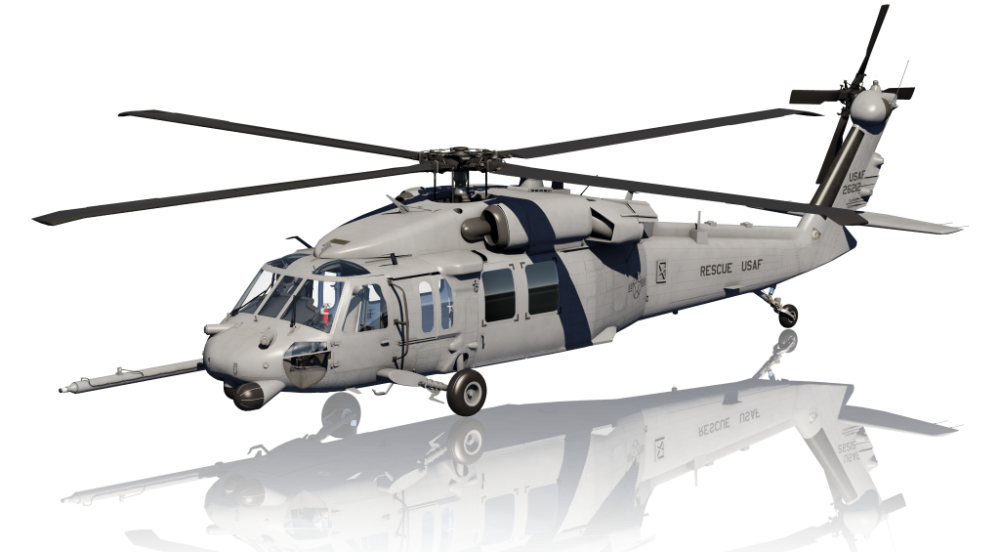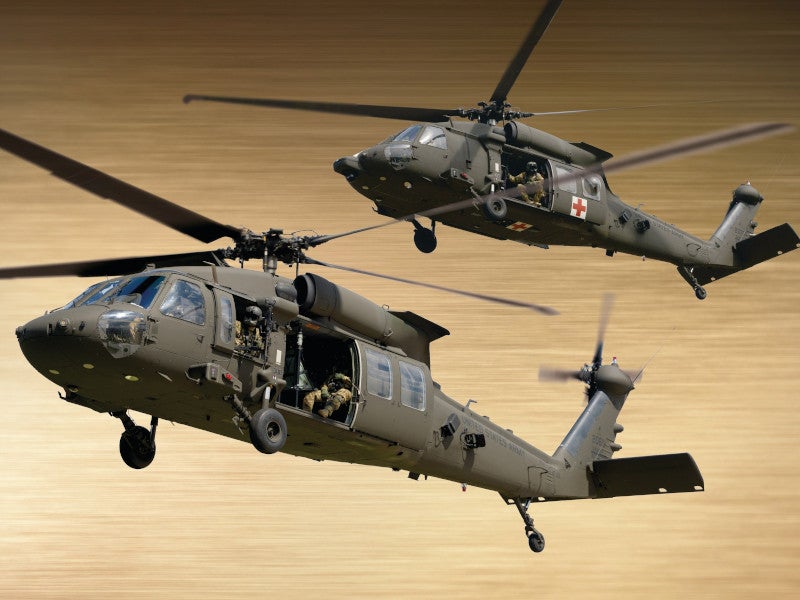UH 60 Technical Specs and Efficiency Testimonial
UH 60 Technical Specs and Efficiency Testimonial
Blog Article
The Impact of Lasting Practices on the Future of Airplane Operations and Emissions Decrease
As the air travel industry deals with boosting scrutiny over its environmental impact, the adoption of sustainable practices arises as a critical path toward future airplane operations and exhausts decrease. Innovations in lasting aviation fuels and developments in hybrid propulsion innovations stand at the forefront of this makeover, encouraging significant reductions in greenhouse gas discharges.

Introduction of Lasting Practices
Sustainable practices in aircraft operations include a variety of strategies aimed at decreasing environmental effect while keeping operational efficiency. These practices are necessary in the air travel market's commitment to minimizing its carbon footprint and sticking to international environmental standards. Key campaigns include optimizing trip courses to decrease gas usage, boosting maintenance procedures to ensure aircraft run at peak effectiveness, and applying advanced innovations such as winglets and light-weight materials that boost the rules of aerodynamics.

Training and engaging team on sustainability techniques also play a vital duty, fostering a culture of ecological responsibility within organizations. On the whole, the combination of these lasting methods not just aids decrease emissions but additionally boosts the long-term stability of the aeronautics industry, guaranteeing it meets the needs of both clients and regulatory bodies while contributing to worldwide sustainability objectives.
Ingenious Fuel Alternatives
Numerous ingenious fuel options are emerging as crucial services to minimize the aviation market's dependence on standard nonrenewable fuel sources. Amongst these options, Sustainable Air travel Gas (SAFs) have actually gotten significant attention because of their possible to decrease lifecycle greenhouse gas exhausts by approximately 80% compared to standard jet fuels. SAFs are stemmed from various feedstocks, including waste oils, agricultural residues, and also algae, making them a functional alternative for the market.
Another promising choice is hydrogen fuel, which, when used in fuel cells, produces just water vapor as a result. This zero-emission possible presents a considerable opportunity for decarbonizing flight operations, specifically for short-haul trips and local airplane. Furthermore, electric propulsion systems are being discovered, leveraging battery modern technology to power airplane. While present battery ability restrictions variety and haul, continuous developments may quickly provide electrical flights practical for specific applications - uh 60.
Finally, biofuels originated from biomass are being investigated, offering a renewable alternative that can be blended with typical gas. Collectively, these ingenious gas choices stand for an essential step toward achieving a lasting aeronautics community, lining up with international emissions reduction targets and enhancing the market's ecological stewardship.
Technical Innovations in Aviation

Just how can technical innovations reshape the future of aviation? Innovations such as electric and hybrid propulsion systems are at the center, appealing considerable decreases in gas consumption and greenhouse gas exhausts.
Furthermore, the application of sophisticated products, such as lightweight composites, adds to improved aerodynamics and gas efficiency. Using expert system and artificial intelligence in trip operations optimizes course preparation and reduces fuel burn by allowing real-time changes based upon climate and web traffic problems. In addition, the advancement of autonomous and remotely piloted airplane systems stands to change cargo and traveler transportation, possibly enhancing performance while minimizing human mistake.
In addition, lasting air travel modern technologies, consisting of sophisticated air traffic administration systems, can minimize and streamline operations congestion, leading to lower discharges during flight. These advancements jointly stand for a standard shift in air travel, promising a future where sustainability and operational performance are linked, thus supporting the market's commitment to reducing its environmental effect.

Regulatory Framework and Compliance
Due to the expanding focus on ecological stewardship within the aviation sector, the regulative framework governing airplane operations is progressing to promote sustainable practices. Regulative bodies, such as the International Civil Aeronautics Company (ICAO) and numerous nationwide aeronautics authorities, are presenting stringent guidelines focused on reducing emissions and boosting operational effectiveness.
These regulations frequently include the fostering of Lasting Aviation Gas (SAF), which has actually been identified as a vital element in attaining reduced carbon footprints. Additionally, compliance with these policies requires airline companies to implement innovative modern technologies and functional methods, such as optimized flight courses and boosted air website traffic administration, to decrease fuel consumption.
In addition, the enforcement of exhausts trading systems and carbon balancing out campaigns is ending up being increasingly prevalent, compelling airline companies to check and report their emissions accurately. Non-compliance can lead to considerable fines, therefore pushing operators to focus on sustainability in their organization versions.
Ultimately, the evolving governing landscape not just drives innovation and investment in green innovations yet also cultivates a society of liability within the aviation sector. As these frameworks continue to develop, the focus on lasting methods will be important to achieving the sector's long-lasting environmental goals.
Future Patterns in Airplane Procedures
As the air travel market adapts to a significantly rigid regulatory environment, future trends in aircraft procedures are established to focus on ingenious solutions that further boost sustainability and efficiency - uh 60. Secret growths will likely consist of the adoption of sophisticated air traffic administration systems, which utilize real-time information and artificial intelligence to maximize trip courses, decreasing fuel usage and emissions
Another have a peek here considerable pattern is the raised assimilation of lasting aeronautics fuels (SAFs) These options to standard jet gas, originated from sustainable sources, can dramatically decrease lifecycle greenhouse gas exhausts. The market's dedication to SAFs will likely increase additional reading as airline companies team up with gas producers to ensure availability and cost-effectiveness.
Furthermore, the press towards electrification and crossbreed propulsion systems is obtaining momentum. Emerging airplane styles will integrate these technologies, offering quieter and extra effective operations, especially for short-haul trips.
Verdict
In verdict, the assimilation of lasting practices in aircraft procedures holds substantial potential for exhausts reduction and boosted performance. The adoption of sustainable aeronautics gas, coupled with developments in electric and hybrid propulsion systems, is essential for decreasing lifecycle greenhouse gas exhausts. Enhancing flight paths and accepting cutting-edge modern technologies contribute to a quieter and much more ecologically pleasant air travel industry. Jointly, these efforts line up with worldwide sustainability objectives and lead the way for a greener future in aeronautics.
Advancements in lasting air travel fuels and advancements in hybrid propulsion innovations stand at the center of this transformation, encouraging considerable reductions in greenhouse gas emissions.Numerous cutting-edge gas choices are arising as crucial services to lower the air travel sector's dependence on conventional fossil gas - uh 60. Amongst these options, Lasting Air you can check here travel Gas (SAFs) have gained significant focus due to their possible to lower lifecycle greenhouse gas discharges by up to 80% compared to standard jet fuels.One more substantial pattern is the increased assimilation of lasting aeronautics fuels (SAFs) The adoption of lasting aviation fuels, coupled with innovations in electric and hybrid propulsion systems, is necessary for decreasing lifecycle greenhouse gas discharges
Report this page